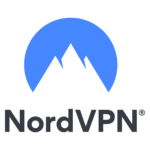Zenity is the first governance and security platform that is dedicated to improving the security situation for low-code/no-code applications. As low code and no code applications continue to grow in popularity, the Zenity platform allows smaller organizations to develop these applications, without having to worry about complete cyber security solutions.
Low-code/no-code development and automation platforms are the wave of the future. The largest companies in the world are already adopting low-code/no-code development for their core business units.



